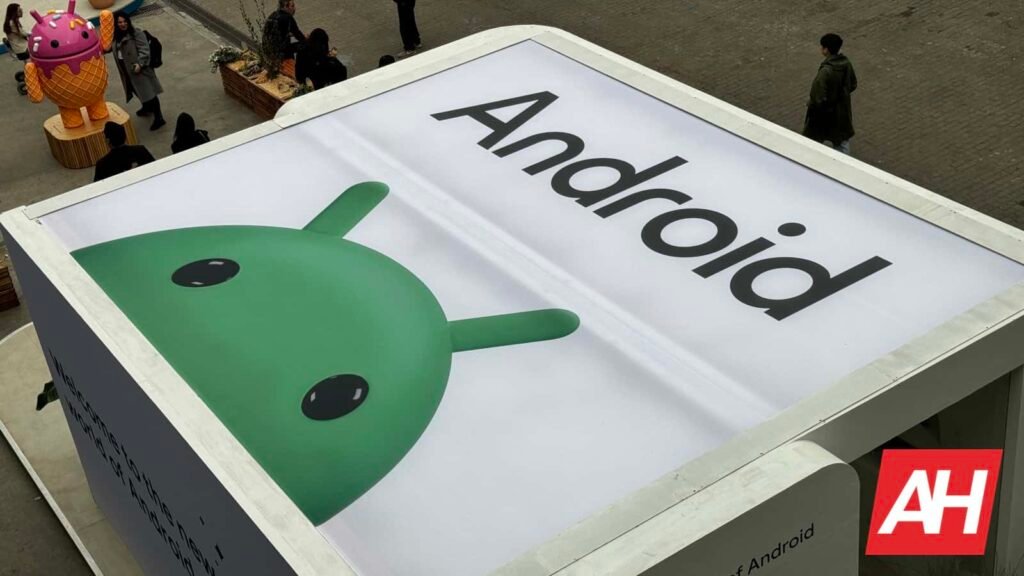

Google‘s new policy for Android has created a stir in the tech community. Recently, the company announced its plans to restrict app sideloading on certified devices starting in late 2026. This shift has many users worried that Android, an ecosystem long celebrated for its openness, is transforming into a “walled garden” similar to Apple’s iOS. However, there could be a potential workaround that allows sideloading apps on Android phones and tablets.
Android’s upcoming more restrictive policy
Google’s plan is to require all developers to verify their identity. This applies even to those distributing apps outside of the Google Play Store. Unverified apps will simply not install on a device. Google claims this is a security measure to combat malicious software. However, the move has sent a chill through the community of enthusiasts and developers who rely on sideloading for everything from app emulation to using independent app stores.
Google has revealed that it won’t enforce this new rule through its familiar Play Protect service. Instead, it’s creating a new, separate system app called Android Developer Verifier. This decision raises more questions than it answers. Why a new app instead of using a service that’s already built into every certified Android device? For many, this suggests that the new verification process will not be a simple opt-out feature. It also has some users wondering if the real goal is to simply make sideloading as difficult as possible.
The workaround for sideloading external apps on Android
Despite the concerns, there might be a glimmer of hope for power users. A key detail in a Google FAQ page points to a potential workaround: installation via Android Debug Bridge (ADB). This command-line tool is a cornerstone of Android development. It allows developers to communicate with and control their devices from a PC. A section of the FAQ mentions that users will be “free to install apps without verification with ADB” (spotted by Android Authority’s Mishaal Rahman).
Installing an app with ADB is far from a one-click process. It needs at least to copy and paste a command line in the simplest of cases. However, it’s a common method for developers and enthusiasts.
This could be Google’s way of finding a middle ground. By preserving installation through ADB, Google could still appease the developer community and power users who are comfortable with these technical workarounds. At the same time, this method would effectively deter the average user—the most common target for scams and malware—from sideloading unverified apps.
The post Android App Sideloading Block May Have a Workaround Via This Tool appeared first on Android Headlines.
